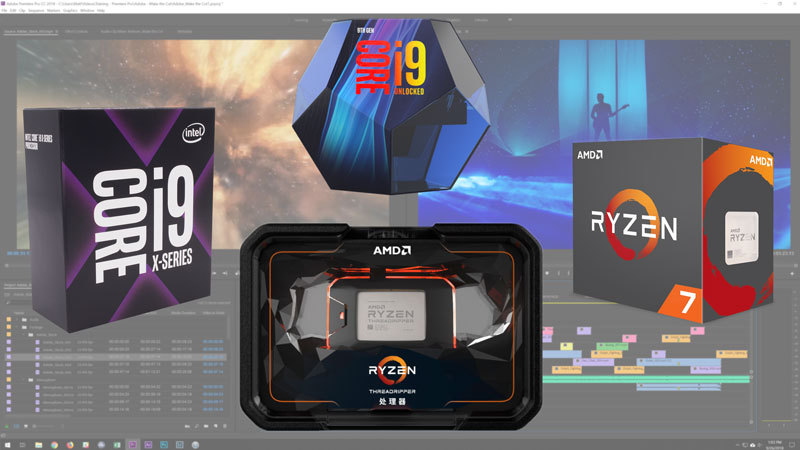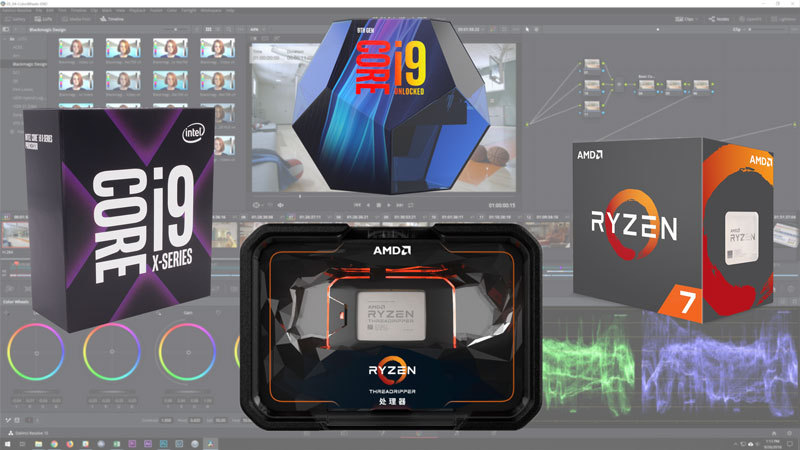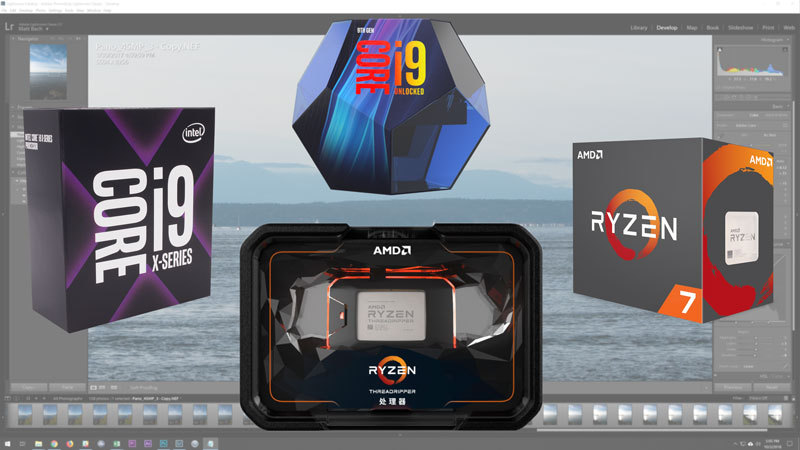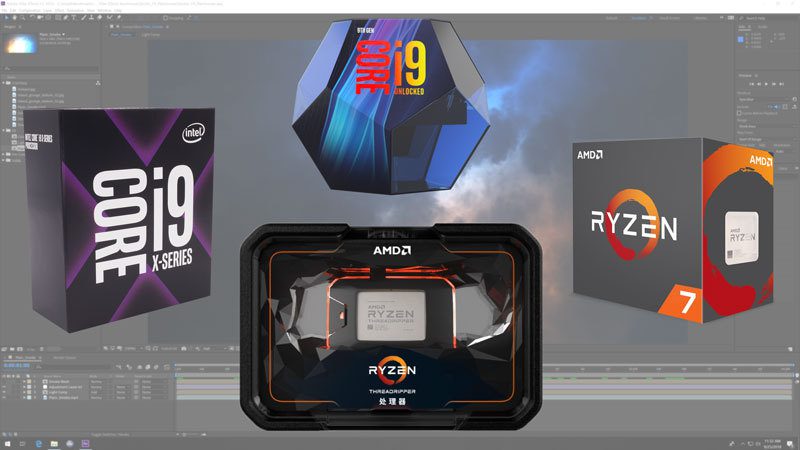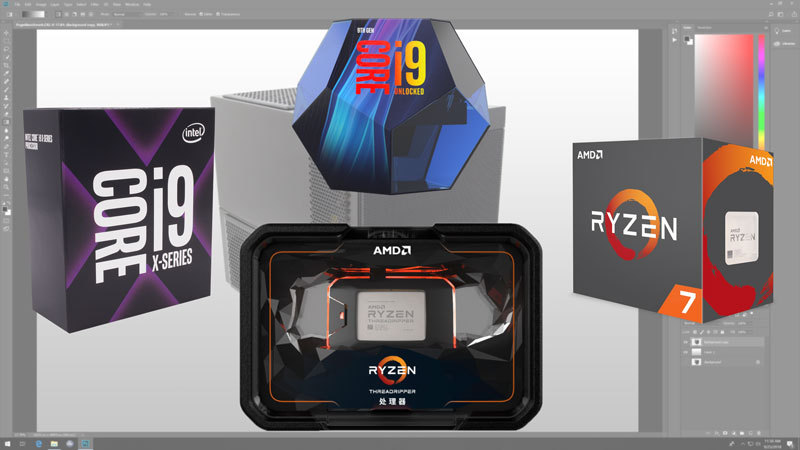In addition to being one of the more important choice, getting the right CPU is also one of the more complicated decisions when configuring a Premiere Pro workstation. Unlike applications like Photoshop and After Effects where there is a relatively clear “best” CPU, in Premiere Pro there are reasons to use a wide range of processors depending on your budget and what you are doing. But which should you use in your system?
